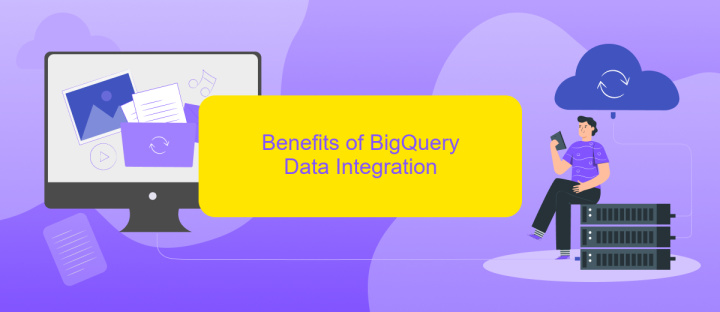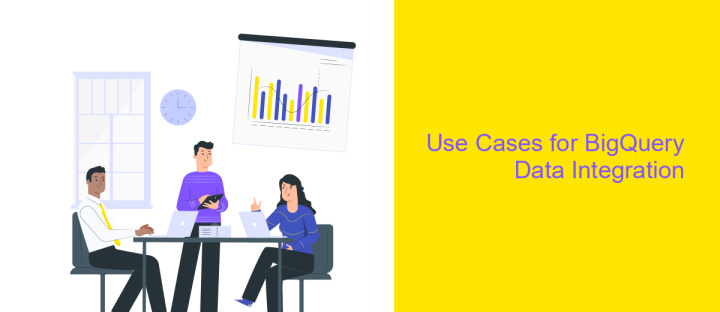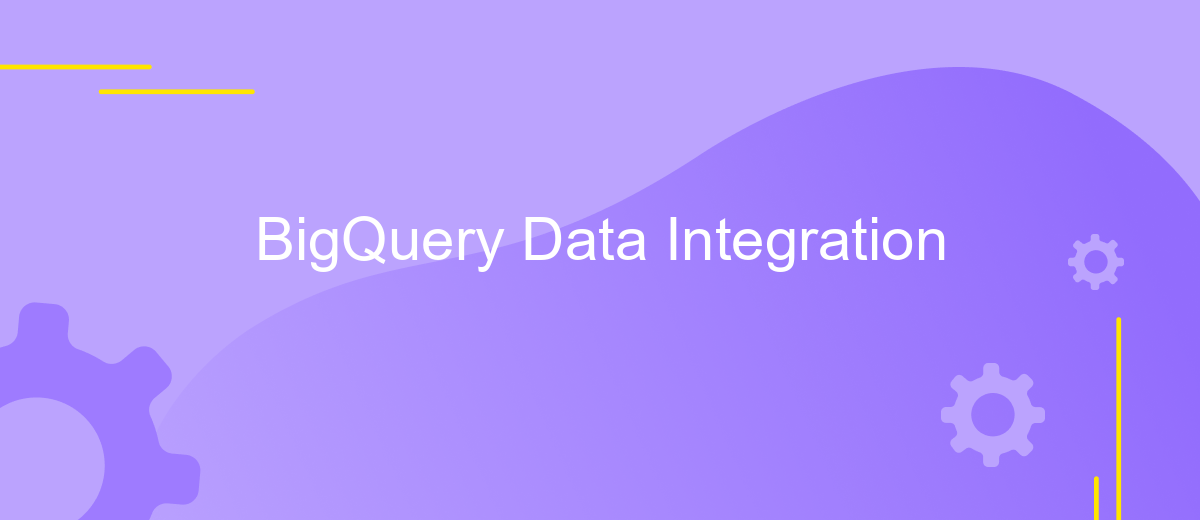BigQuery Data Integration
BigQuery Data Integration is a powerful tool that enables seamless data analysis and management within Google's cloud ecosystem. By leveraging BigQuery's robust capabilities, businesses can efficiently handle large datasets, perform complex queries, and gain valuable insights. This article explores the key features, benefits, and practical applications of BigQuery Data Integration, providing a comprehensive guide for organizations looking to optimize their data strategy.
Introduction
BigQuery is a fully-managed, serverless data warehouse that enables scalable analysis over petabytes of data. It is designed to make data analytics accessible and efficient for businesses of all sizes. Integrating data into BigQuery can streamline your data workflows, improve query performance, and enhance data-driven decision-making.
- Scalability: Handle massive datasets with ease.
- Performance: Execute complex queries at lightning speed.
- Cost-Efficiency: Pay only for the storage and compute resources you use.
- Security: Benefit from robust security features and compliance standards.
- Integration: Seamlessly connect with various data sources and tools.
Whether you're migrating data from existing databases, setting up real-time analytics, or integrating with machine learning models, BigQuery offers a versatile platform to meet your needs. By leveraging its powerful capabilities, organizations can unlock actionable insights and drive strategic initiatives with confidence.
Data Integration Capabilities

BigQuery offers robust data integration capabilities that allow users to seamlessly connect and consolidate data from a variety of sources. With native support for numerous data formats and integration with Google Cloud services, BigQuery ensures that data can be ingested, processed, and analyzed efficiently. Users can leverage built-in connectors for popular data sources such as Google Analytics, Google Ads, and Cloud Storage, making it easy to centralize data for comprehensive analysis.
Moreover, BigQuery's compatibility with third-party integration tools like ApiX-Drive further enhances its data integration capabilities. ApiX-Drive allows users to automate the data transfer process between BigQuery and other applications, ensuring real-time data synchronization without manual intervention. This seamless integration helps businesses maintain up-to-date datasets and derive actionable insights faster. By combining BigQuery's powerful analytics engine with ApiX-Drive's automation features, organizations can optimize their data workflows and drive more informed decision-making.
Benefits of BigQuery Data Integration

Integrating data with BigQuery offers numerous advantages for businesses looking to harness the power of their data. By leveraging BigQuery's robust capabilities, organizations can streamline their data workflows, enhance analytics, and drive more informed decision-making.
- Scalability: BigQuery can handle large datasets effortlessly, making it ideal for growing businesses.
- Speed: With its high-performance architecture, BigQuery delivers fast query results, even for complex analyses.
- Cost-effectiveness: BigQuery's pay-as-you-go model ensures you only pay for the storage and compute resources you use.
- Integration: Seamlessly integrates with other Google Cloud services and third-party tools for a cohesive data ecosystem.
- Security: Provides robust security features, including data encryption and access controls, ensuring your data remains protected.
By integrating your data with BigQuery, you can unlock new insights and drive innovation across your organization. Its powerful features and seamless integration capabilities make it a valuable asset for any data-driven business. Embrace BigQuery to transform your data strategy and stay ahead in the competitive landscape.
Use Cases for BigQuery Data Integration

BigQuery is a powerful cloud-based data warehouse that offers seamless data integration capabilities, making it an essential tool for organizations handling large volumes of data. By leveraging BigQuery, businesses can efficiently manage, analyze, and visualize their data, leading to more informed decision-making and improved operational efficiency.
One of the primary use cases for BigQuery data integration is real-time analytics. Companies can ingest streaming data from various sources, such as IoT devices, social media platforms, and transactional databases, to perform real-time analysis and gain immediate insights. This capability is particularly valuable for industries like finance, retail, and healthcare, where timely data is crucial.
- Real-time analytics for immediate insights
- Data warehousing and ETL processes
- Machine learning model training and deployment
- Business intelligence and reporting
- Data sharing and collaboration across teams
Another significant use case is data warehousing and ETL (Extract, Transform, Load) processes. BigQuery enables organizations to consolidate data from multiple sources into a centralized repository, ensuring data consistency and accessibility. This centralized data can then be used for advanced analytics, machine learning model training, and generating business intelligence reports, enhancing overall data-driven decision-making.
- Automate the work of an online store or landing
- Empower through integration
- Don't spend money on programmers and integrators
- Save time by automating routine tasks
Conclusion
BigQuery data integration offers a powerful solution for managing and analyzing large datasets with ease. By leveraging its robust features, businesses can streamline their data workflows and gain valuable insights in real-time. The integration process, while complex, is made more accessible through various tools and services that simplify data connectivity and transformation.
One such tool is ApiX-Drive, which facilitates seamless integration between BigQuery and various data sources. It automates data transfer, ensuring accuracy and efficiency, thus allowing businesses to focus on data analysis rather than the intricacies of data integration. By utilizing such services, organizations can maximize the potential of their BigQuery implementations, driving better decision-making and operational efficiency.
FAQ
What is BigQuery Data Integration?
How can I automate data integration with BigQuery?
What are the common data sources for BigQuery integration?
How do I handle data transformation during BigQuery integration?
What are some best practices for managing BigQuery data integration?
Routine tasks take a lot of time from employees? Do they burn out, do not have enough working day for the main duties and important things? Do you understand that the only way out of this situation in modern realities is automation? Try Apix-Drive for free and make sure that the online connector in 5 minutes of setting up integration will remove a significant part of the routine from your life and free up time for you and your employees.


